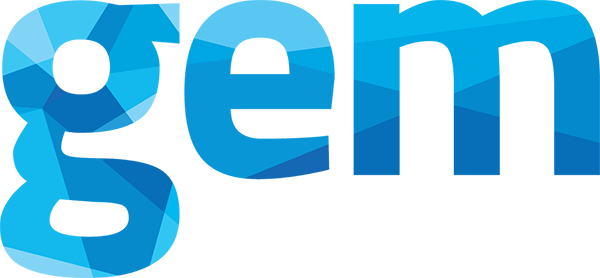Native Advertising on the Rise
Posted Monday February 23rd, 2015 in Trends + Technology.Viewers are tired of advertisements getting in the way of their online experience. Whether it’s a banner at the top of a web page or a 30-second video on the side, viewers don’t want to look at advertisements like this anymore. Native Advertising could be the solution.
Designed according to the content of a website, Native Advertising is meant to be part of a website’s experience. It is much less intrusive than the average banner advertisements and feels more natural to the viewer because it is coherent with the other media on the web page.
Native Advertising comes in many forms. It can range from a promoted tweet on Twitter to a suggested post on Facebook, or any sponsored content on a web page. The options are endless, and include a considerable variety: promoted videos, images, articles, commentary, music and various other forms of media. According to Sharethrough, 25% more viewers were measured looking at Native Ads rather than banners.
Viewers often don’t even know they’re experiencing Native Advertising because it is so subtle. At the bottom or on the sides of many web pages “other content you might be interested in” often appears; this is yet another form of Native Advertising. Subtle techniques of this form of advertising also include “search advertising,” which are ads that appear alongside search results that are nativeto the search experience.
Soon enough, viewers won’t even be able to tell the difference between advertisements and actual content. With the rise of Native Advertising, producers need not worry about reaching their audiences.
Below is a pros and cons list, to see if Native Advertising will benefit your company.
Native Advertising Pros:
- It becomes part of a consumer’s experience with your site or company.
- It has proven to be more effective than regular banner advertising.
- There are multiple forms of Native Ads you can use, including sponsorships, Facebook suggestions, and promotions.
Native Advertising Cons:
- It is more expensive than traditional banner advertisements.
- It doesn’t scale well.
- Does not always work well as anticipated.
A substantial boost in impressions and brand awareness can be obtained through successfully planned native advertising. Through carefully implemented strategy, we’ve used native advertising to achieve great results for clients such as CT Sinus Center and Westwood Ear, Nose and Throat.
Reach out to us and see how we can use native advertising to make your brand truly brilliant.
Submitted by: Olivia Default
Tags
Scroll, or tap/click a list item to filter posts by that tag.
« Alphabet Soup: F is for Find Top 3 Best and Worst Pieces of Work Advice »
